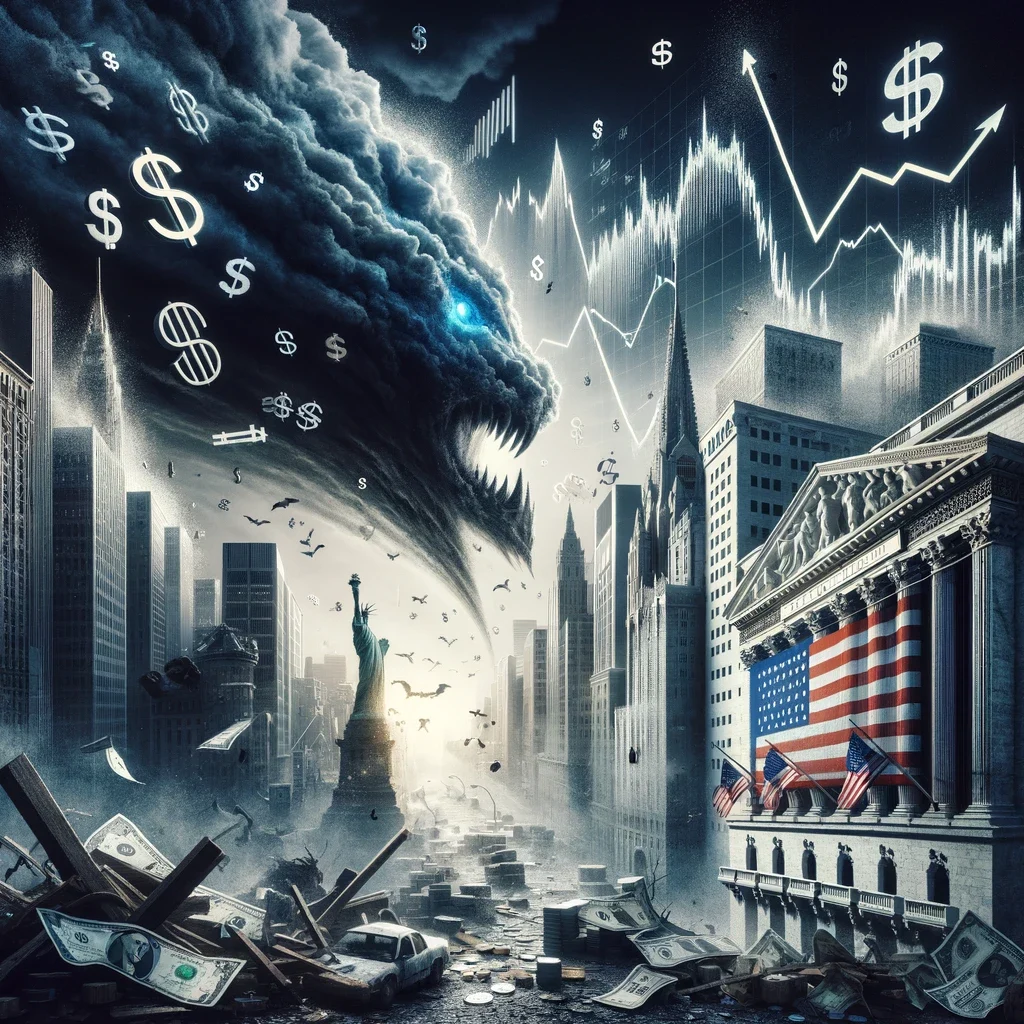The Federal Reserve keeps tricking investors. After seven times of expecting rate cuts that didn’t happen, the Fed finally went dovish.
But guess what? Bond yields shot up, and the market cut back on how many rate cuts it actually expected. Investors are clearly fed up, but what’s causing this disaster?
Simple. The Fed makes decisions based on incoming data, especially when it comes to inflation and jobs. But the thing is, those numbers are all over the place, unreliable, and making things confusing.
One month, it looks like the economy’s falling apart, and the next, the numbers are magically stronger than anyone thought.
The numbers behind the Fed’s decisions
Just last month, the Fed cut rates because of weak jobs data. It spooked them enough to make a double cut of half a percentage point. Fast forward, and those same weak job numbers did a 180.
This month’s report was one of the strongest we’ve seen this year. Meanwhile, economic growth is cruising at over 3% according to live estimates from the New York and Atlanta Feds. That’s a big jump from 2% just in August.
But here’s the issue. This over-reliance on short-term data has turned into tunnel vision. They’re ignoring how today’s interest rates will hit the economy months or even years down the road.
In the summer, things didn’t look so hot. Global slowdowns, China’s struggles, wars in the Middle East, and Ukraine. Jobs growth had slowed too.
But fast forward to now, and suddenly things seem fine. China might get back on track with some stimulus, and inflation could be stickier than we thought.
This constant flip-flopping (where one month things are gloomy, and the next, there’s hope) leads to big swings in what people think the Fed will do with interest rates. Treasury yields are all over the place, and so is Bitcoin.
Investors can’t keep up with Fed whiplash
Investors are chasing the same idea over and over again, hoping for clarity from the Fed. In Q1, there was a lot of excitement about a half-point rate cut coming soon.
People were even betting that we’d see more than 1.75 percentage points in cuts by June. According to CME FedWatch, those odds shot up to 77%.
Reality check. That didn’t happen until September. Now, the odds of another big cut are back to zero, where they were before the Fed freaked out over the weak July jobs report.
But why does the Fed even care so much about this short-term data? It made sense when inflation was getting out of control.
They worried that if inflation stayed high, people would start expecting prices to keep going up, which would make inflation even worse.
So, they cranked up interest rates to stop that from happening, even if it meant dragging the economy down into a recession. But now? Inflation isn’t as terrifying as it was, and the job market is hot but not on fire anymore.
Traders and investors have no clue what’s coming next because the Fed keeps changing its mind. Now people are tired of guessing what’s going to happen at the next meeting.
It’s no wonder there’s such a wide range of opinions among Fed officials about where rates should end up. No one can agree on anything.
And let’s face it, there’s no way to accurately predict where interest rates need to be in the long run. They’ve been wrong too many times. But that doesn’t stop them from acting like they know what they’re doing for sure.
The only way out of this is for the Fed to step back and look at the long-term effects of its decisions. Rate cuts need to be planned based on where the economy is going, not where it’s been for the past few months.





